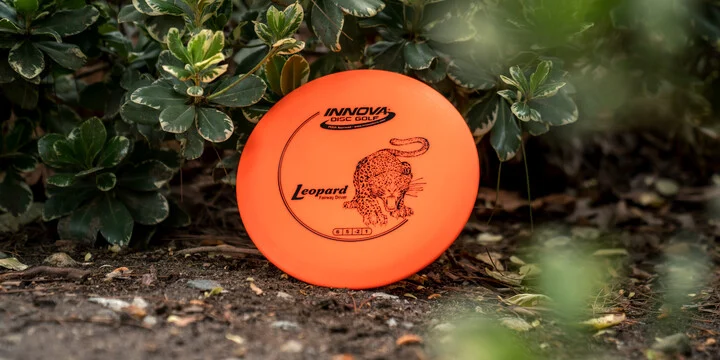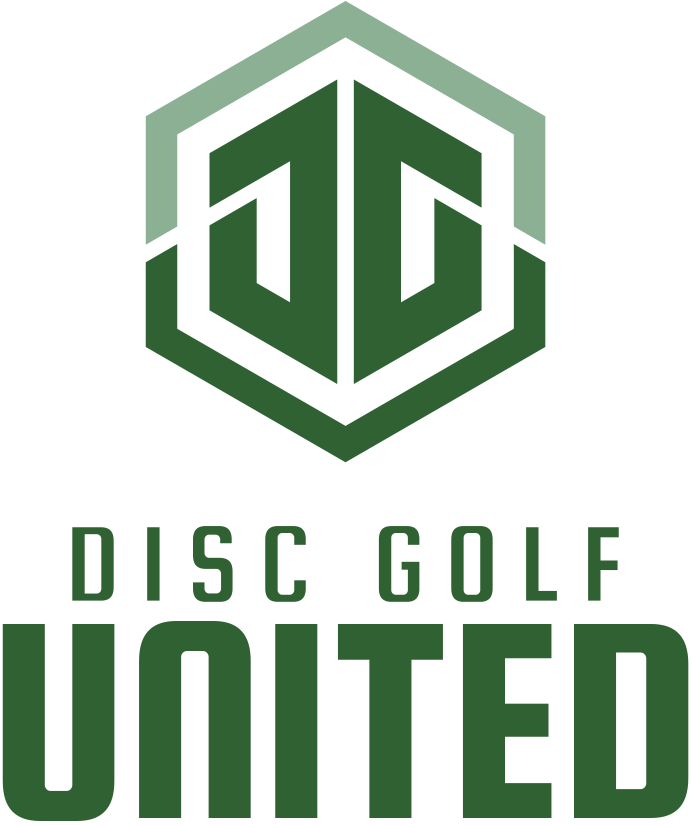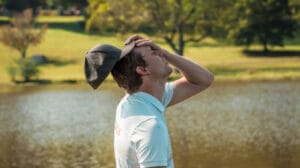Overstable, Neutral or Understable? How to Choose the Right Disc for Each Shot.
Table of Contents
On its surface, disc golf is an extremely simple game, even for a beginner. You throw a disc at a target, with the ultimate goal for a disc golfer to use as few strokes as possible to get the disc in the basket. However, once you really start getting into the sport, you realize just how complex disc selection can be. Distance drivers, fairway drivers, speed ratings, and other flight ratings are just a few of the terms you’ll become familiar with. Once you are hooked on disc golf, it’s up to you just how far the rabbit hole you want to go.
There really is an art to building the perfect disc golf bag. You need discs you can throw off the tee pad, such as drivers and mid-ranges. You need other discs for all the other primary shots you may throw on the course. You may want to carry some backups and a couple “utility” discs for specialized shots, as well. In today’s article, we want to talk about disc stability and how that should affect your disc selection.
We must express the following truth before we get any further. When it comes to selecting the best disc golf discs for your bag, there really is no wrong answer. You find what you like to throw and what works for your form and skill level. Even the pros have very different tastes and preferences. Ricky Wysocki will prefer a Star Destroyer driver for his long distance drives. Garrett Gurthie may turn to a Star Wraith driver. GG also likes to throw a Sonic on many approach shots, while most other professional-level players will simply write it off as a unique novelty disc.
Though it’s ultimately all about you finding discs that you feel comfortable throwing, there certainly are some styles that are better suited for certain shots. With this in mind, let’s look at the differences and purposes of overstable discs, neutral discs and understable discs.
Flight Numbers and Ratings (Disc Golf Numbers)
You may want to check out our previous article entitled “What You Need to Know About Disc Flight Numbers” for more detailed information on this topic. In addition to flight ratings, disc weight and speed will affect the stability of most discs. If you can get a driver disc up to full speed, then the main flight numbers you want to look at are the last two (turn and fade respectively). Turn refers to how much the disc will naturally drift to the right at full speed (on a righty backhand throw), with negative numbers meaning it will want to turn more. Fade refers to how hard the disc will come back to the left at the end when its rotational speed begins to slow down. A higher number equals more fade.
Overstable Discs

Examples of overstable driver discs might include the Boss, Firebird and Ape. Innova’s most overstable mid-range discs are the Gator and the Rat. An example of an overstable slower disc is the Rhyno. These beefy discs are designed to have a dependably strong fade and quickly find the ground at the end of their flight path. On a flat release, they usually aren’t going to turn too much to the right, and even if they do, they have a tendency to fight back to the left at the end.
So, what kinds of shots might an overstable disc be best for? First, they are great in a headwind as they are more likely to fight the wind and hold their desired shot shape. Many forehand-dominant throwers will prefer to have something more on the overstable side for better control and accuracy, though again everyone might have their own preferences. Overstable discs offer excellent control, making them great for sharp spike hyzers, low ground skip shots around corners and for getting around various obstacles. Overstable discs also tend to work nicely for forehand rollers and overhand shots like thumbers and tomahawks.
Neutral Discs

Examples of Innova’s neutral-flying (aka stable) driver discs include the Shryke, Wraith, and Orc. TL3, Leopard3, and Eagle are neutral-flying fairway drivers. The Mako3 and Nova have similar flight ratings but are mid-ranges instead of drivers. These discs are engineered to hold a relatively straight flight path, and they can be thrown at different release angles to achieve different directional shot shapes. Neutral (or stable discs) are excellent at staying on the angle released and are known to be versatile and dependable. Even the best players in the world will tell you that the hardest shot to throw in disc golf is a dead straight shot. When you have a tight tunnel to go through or just want to minimize the low-speed turn at the end of the throw, you will want to turn to a trusty neutral disc.
Neutral discs can be used for more than just straight-flying shots, though. Every disc will be a little different, so you can experiment with different release angles, heights and disc speeds to shape a wide variety of shots. You might be able to hold a Mako3 on a slow, drifting anyhyzer line the entire length of the fairway. Or, you can throw a Innova Shryke on a slight hyzer angle to ride a side wind that might knock down an overstable disc too quickly. Practice different shots and learn to utilize all your discs in different situations.
Understable Discs
The best for beginners, examples of understable discs include the Vulcan, Mamba, Archangel, Manta and Classic Aviar. These discs will have a high rate of turn and very little fade. The have tendency to fly to the right when thrown at full speed. Like with overstable and neutral discs, understable discs can provide you with a great deal of versatility when you learn how to utilize them. Novice players, young players and older players often find they can get more distance with understable drivers combined with a slower speed rating. Just ask 100-year-young “Mr. Mamba” Don Shinn, who recently broke the over-100 distance record with his favorite Innova Mamba.
Understable discs can be utilized for long panning anhyzer shots that drift from left-to-right the entire flight path. They are great for hyzer flip shots, where you throw the disc on a hyzer release angle. When done right, it will flip up to flat and fly really far before fading softly at the end. Understable discs work well for backhand roller discs and some overhand shots like scoobers and hammer (pancake) putts.
A typical disc golf bag will likely feature some extremely overstable and overstable discs, along with neutral-flying (stable) discs, understable discs and everything in between. The best way to learn your discs is to get out in a field and try throwing all of them for different types of shots, angles and wind directions. See which ones work best for your game and bag the ones you think you’ll need most out on the disc golf course. Learning all the different types of discs and throws will take some time and it can get complex to try and master everything, but there is no better way to learn than to just get out and throw!
What's Next?
Need help finding the perfect disc for a specific shot, better accuracy, or more distance? We’re here to help! Just follow the link below to answer a short questionnaire. We’ll send you FREE personalized disc recommendations within 1 business day along with a coupon code for $5 off your next order.
GET PRO TIPS



